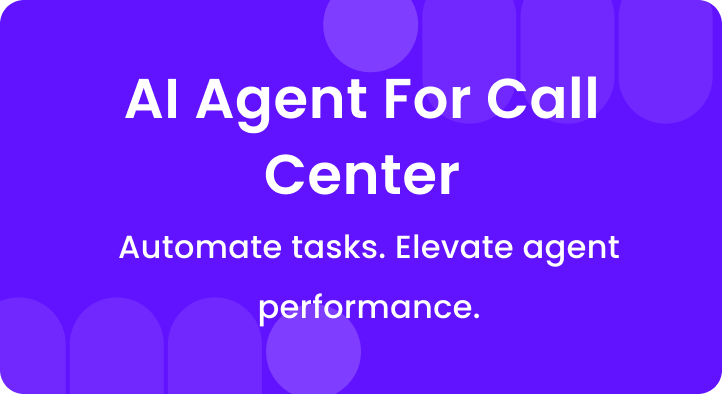Every business knows the frustration of unhappy customers.
Whether it’s a delayed response, a technical issue, or a question left unanswered, customers expect fast, efficient help.
Poor customer service is costly.
According to recent research, bad customer experiences could cost organizations $3.7 trillion annually globally.
However, the right customer service approach can turn these issues around, building loyalty and boosting revenue.
In this guide, you’ll learn what customer service is, why it’s essential, and how to enhance it using key tools and techniques.
Ready to take your customer service to the next level?
Let’s dive in.
A. What is customer service?
The definition of customer service has evolved over the years, but its heart—helping people—has remained unchanged.
Customer service is the support and assistance a company provides to its customers both before and after they buy and use its products or services. Modern customer service goes beyond solving problems.
It’s about creating positive experiences with your business at every stage of a customer’s journey.
It involves proactive and immediate support through various channels, such as phone, email, text, and chat, often powered by customer service software.
This allows companies to meet customer expectations efficiently and stay accessible anytime, anywhere.
At the core, good customer service involves listening to customers, understanding their needs, and responding effectively.
Today, companies are leveraging advanced tools, like conversational intelligence, sales training & coaching, speech analytics, and call monitoring, to gather insights and improve service quality.
These tools help track conversations, measure agent performance, and find ways to make customers happier.
B. The history of customer service: from face-to-face to digital support
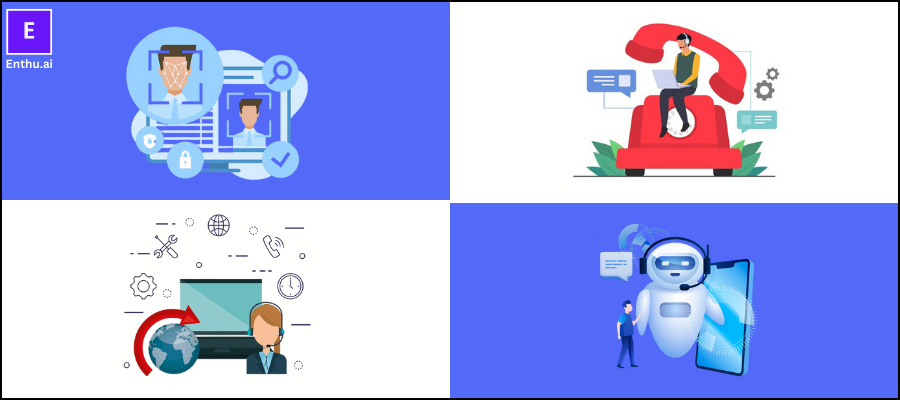
Customer service has come a long way. Here’s a brief journey through how it has transformed over the centuries.
Stage 1: Face-to-Face Service (Before 1876)
Customer service was done in person, and customers had to visit stores directly to get help, making it personal but limited to physical locations.
Stage 2: The Telephone Era (1876-1980s)
The invention of the telephone allowed customers to call businesses for assistance, and call centers were later developed to manage growing volumes of support calls.
Stage 3: The Internet Revolution (1990s-2000s)
The internet introduced email and online chat for faster communication, while CRM software helped companies organize and improve customer support.
Stage 4: The Rise of Social Media and AI (2000s-Present)
Social media added public interaction channels, and AI tools like chatbots and speech analytics emerged to automate tasks and enhance personalized customer service.
C. How does customer service work?
Customer service is vital to any business, as representatives are often the only employees who interact directly with customers.
This means that their performance significantly shapes customers’ perceptions of the company and its products.
Many organizations prioritize effective customer service to ensure positive experiences and high satisfaction levels.
Key aspects of how customer service works include:
- Listening to concerns: Customer service agents listen carefully to the customer’s questions or problems.
- Providing solutions: Agents offer clear, helpful information and guide customers toward resolving their issues.
- Using technology: Many teams use customer service software to track interactions and ensure efficient responses.
- Proactive support: Great customer service anticipates customer needs, offering help before issues arise.
- Building relationships: The ultimate goal is creating positive experiences and fostering long-term customer relationships.
By focusing on these principles, companies can build strong relationships with customers, increase satisfaction levels, and ultimately drive business success.
D. Customer service vs. customer experience vs. customer support
Understanding the differences between customer service, customer experience, and customer support is essential for creating a successful strategy for engaging with customers.
While they all focus on the customer, each has a unique role and approach.
1. Customer service
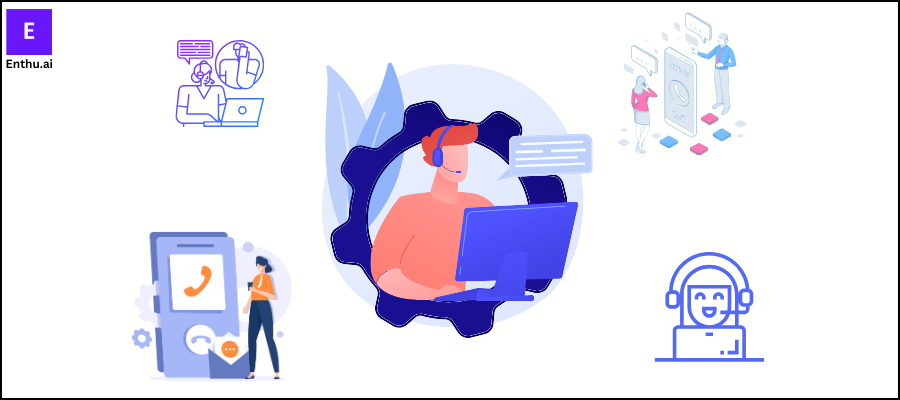
As explained above, It refers to the help and advice provided to customers when they have questions or issues regarding a product or service.
It typically involves direct interactions with customer-facing departments and is often reactive.
For example, a customer reaching out via live chat for assistance represents a customer service interaction.
2. Customer experience (CX)
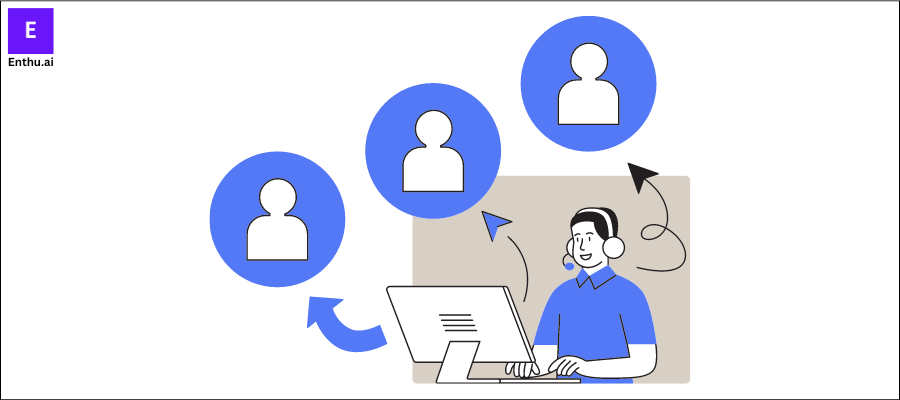
It encompasses a customer’s entire journey with a business, including every touchpoint from awareness to post-purchase.
It is a holistic view that considers all interactions a customer has with a brand, involving multiple departments such as marketing, sales, and service.
A positive customer experience is created by ensuring that all these touchpoints are connected and consistent.
3. Customer support
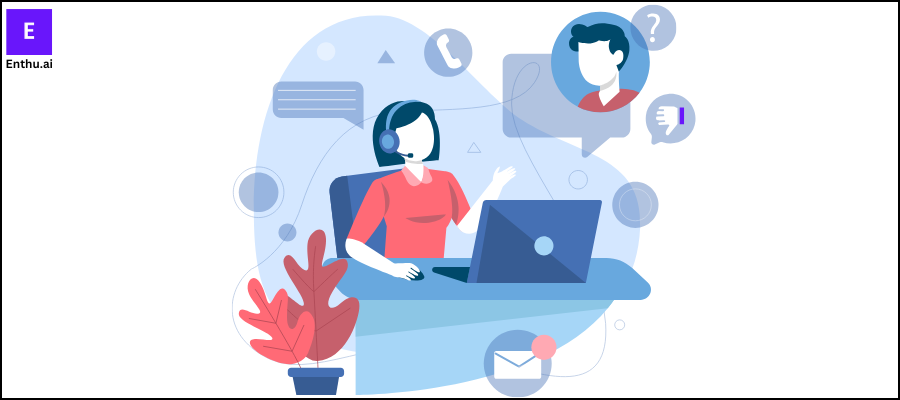
It focuses specifically on providing technical assistance and resolving product-related issues.
Customer support teams are often more involved in product feedback, documentation, and usability studies.
They work closely with product teams to enhance the overall user experience.
For example, if a customer has trouble using a software feature, the customer support agent helps troubleshoot and guides them through a solution.
| Aspect | Customer Service | Customer Experience | Customer Support |
| Definition | Assistance with questions or issues | Overall journey with the brand | Technical support for products |
| Focus | Individual interactions | Holistic customer journey | Product-related problem solving |
| Approach | Reactive (customer initiates contact) | Proactive (anticipating customer needs) | Reactive and proactive |
| Involvement | Primarily customer service teams | Involves multiple departments | Often integrated with product teams |
| Measurement | Metrics like response time and resolution rate | Customer lifetime value, churn rate | Transactional metrics and feedback |
| Examples | Live chat assistance | Entire customer journey from discovery to repeat purchase | Troubleshooting software issues |
E. Top benefits of customer service for all sectors
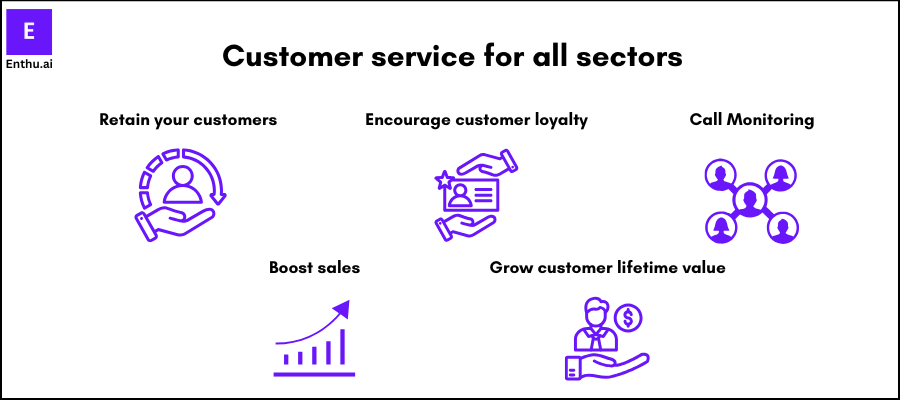
Here are five top benefits of customer service that apply across all sectors, each supported by compelling statistics:
1. Retain your customers
Good customer service helps keep your customers coming back.
In fact, 89% of customers are more likely to make another purchase after a positive service experience.
When you provide personalized and attentive service, you retain existing customers and increase your revenue without the high cost of acquiring new ones.
2. Encourage customer loyalty
Loyal customers are invaluable. They tend to choose your brand over competitors and make repeat purchases.
Studies show loyal customers will likely spend 67% more than new ones.
By offering excellent service and rewards programs, you can foster this loyalty and benefit from the stability it brings to your business.
3. Get referrals
Happy customers are your best promoters. Excellent customer service increases the chances that satisfied customers will refer you to their friends and family.
Research indicates that referred customers are 18% more loyal than those acquired through other means.
Creating positive experiences allows you to tap into a powerful marketing tool that costs you nothing.
4. Boost sales
Providing effective customer service can directly impact your sales. When customers feel valued and well taken care of, they are more inclined to spend.
Improving the customer experience can increase sales revenue by 2-7% and profitability by 1-2%.
This means that every interaction can contribute to your bottom line if handled well.
5. Grow customer lifetime value
Only 42% of companies can measure customer lifetime value.
Excellent customer service enhances the lifetime value of your customers, meaning they spend more over time.
This growth comes from satisfied customers who are more willing to return and purchase additional products or services.
F. Seven types of customer service channels
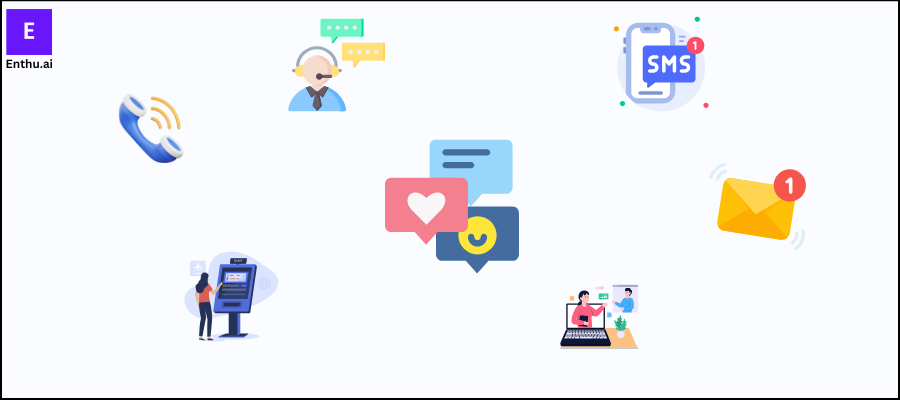
Whether you operate a car dealership, law firm, or e-commerce business, having a robust customer service presence across all your communication channels is more crucial than ever.
Here are seven types of customer service channels explained in simple and authentic language:
Phone calls
Phone calls remain a popular way for customers to get help, especially for complex issues. They offer a personal touch but can lead to long wait times and frustrating transfers.
Self-service
Self-service options like FAQs and chatbots let customers find answers on their own. This can save time and money for both the customer and the business.
Live chat
Live chat provides quick responses to customer inquiries, combining speed with a personal touch. It’s an efficient way to resolve issues while keeping the conversation friendly.
Social media
Many customers use social media to reach out to brands, making it an essential support channel. Businesses can respond quickly to comments and complaints, enhancing their reputation.
SMS
Text messaging is a convenient way for customers to get in touch with businesses. It’s popular for its immediacy, especially among younger customers who prefer texting.
Video chat
Video chat allows for face-to-face interactions, which can be helpful for complex services or support. However, it can be more resource-intensive than other channels.
Email is still widely used for customer service, offering a written record of conversations. While it may have slower response times, it allows for detailed communication.
G. Ways organizations can deliver the best customer service
Here are five ways organizations can deliver the best customer service:
1. Provide fast first-response times
Quick responses show customers that their time is valued.
Aim to acknowledge inquiries within minutes, even if a complete solution takes longer. Customers appreciate being heard and knowing that their concerns are on your radar.
While speed is important, ensure that the response addresses their issue adequately. A fast response can set a positive tone for the entire interaction.
2. Actively listen to your customers
Active listening means fully focusing on what the customer is saying without interrupting.
In fact, 86% of buyers are willing to pay more for a great customer experience.
Use phrases like “It sounds like you’re saying…” to confirm your understanding. This shows customers you care about their concerns and are committed to resolving their issues.
By genuinely engaging with them, you’re more likely to uncover the real problems and provide effective solutions, leading to happier customers.
3. Help customers help themselves
Many customers prefer to find solutions on their own before reaching out for help.
Providing self-service options like FAQs, chatbots, or knowledge bases can empower customers to resolve their issues quickly.
By making these resources easily accessible, you can save time for both your customers and your support team. This approach can lead to higher customer satisfaction as they feel in control of their experience.
4. Use the right tools
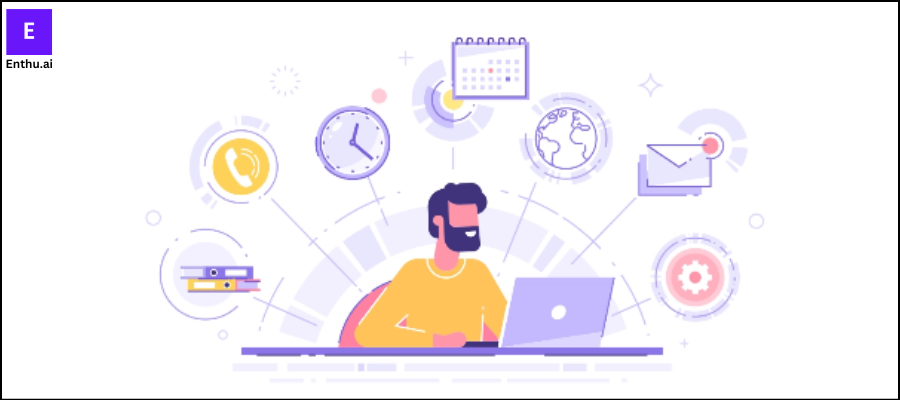
Investing in AI-powered customer service tools can significantly enhance your customer service.
Implementing AI has led to 92% of companies reporting improved response times, while 83% found it easier to address customer requests.
AI-powered tools help track customer interactions, purchases, and reported issues, giving your team valuable insights.
With the right technology, you can streamline processes, personalize customer interactions, and ensure no concerns slip through the cracks. This ultimately leads to a more efficient service experience for your customers.
5. Invest in agent training and coaching

Well-trained agents are the backbone of great customer service. Ongoing training and coaching help them develop essential skills, such as effective communication and problem-solving.
By equipping your team with the sales agent coaching and training software they need, you can enhance their confidence and efficiency in handling customer inquiries.
This investment improves customer interactions and fosters a positive work environment, resulting in lower turnover rates.
Conclusion
In today’s competitive landscape, exceptional customer service is crucial for your business’s success.
It builds loyalty, encourages repeat purchases, drives revenue, and enhances your brand’s reputation.
As we move towards an increasingly digital future, leveraging the right tools, especially AI-powered software, will be vital to providing outstanding service that meets customer expectations.
If you’re looking for advanced software to elevate your customer service experience, consider Enthu.AI.
Our AI-driven platform helps you streamline support processes, ensuring you connect with customers effectively and efficiently.
FAQs
1. What is customer service in BPO?
Customer service in BPO (Business Process Outsourcing) refers to the support provided to clients and customers through outsourced teams, typically handling inquiries, complaints, and service requests across various channels.
2. What is good customer service?
Good customer service involves promptly addressing customer needs, providing accurate information, and ensuring a positive experience that fosters trust and loyalty.
3. What are the 4 basics of customer service?
The four basics of customer service are effective communication, active listening, problem-solving skills, and a positive attitude, all of which contribute to a satisfying customer experience.
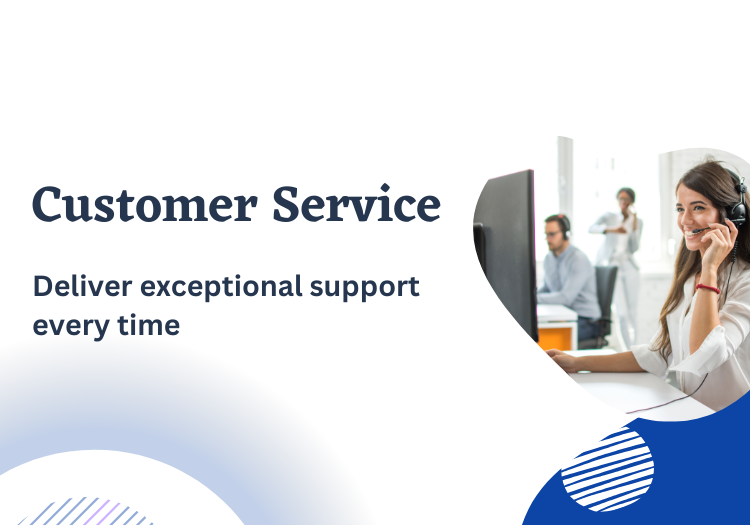


 On this page
On this page

